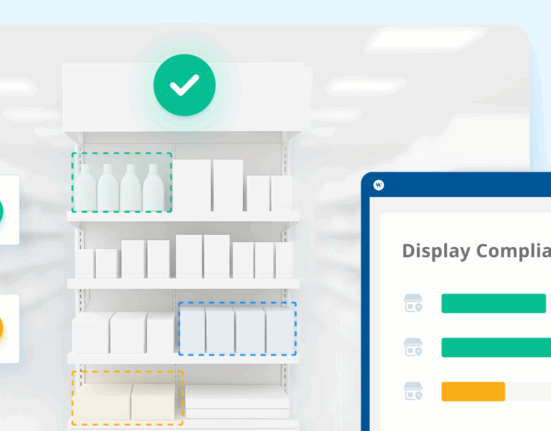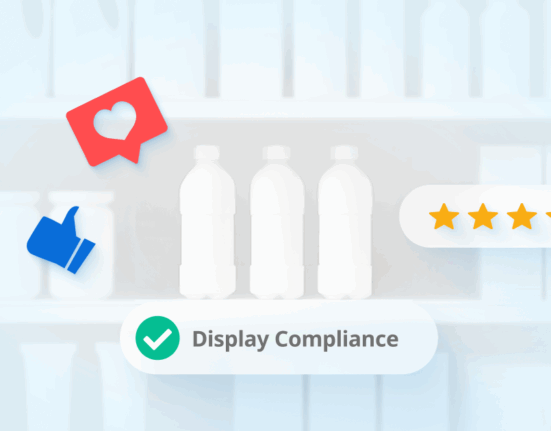When it comes to pricing there are two very similar, yet exceedingly different, pricing policies that need to be considered. Deciding which policy is best for you and your business is a much tougher task, however.
We’ve broken it down to give you a peek into the advantages and disadvantages of each. We’ll be looking at how MAP and MSRP pricing policies compare and differ, the impression they leave on customers, and give you an overall understanding of what each policy has to offer.
MAP
Minimum Advertised Price (MAP) refers to the lowest amount a retailer can advertise products for, according to an agreement with the brand manufacturer. While the name itself sounds straightforward, the benefits and implications of MAP pricing could make a big difference in your profits and brand perception.
The impact your pricing strategy has on you and your consumers are two very important characteristics that are often hard to balance. Knowing your options and what they mean for you and your customers (both retailers and consumers) will help you in selecting the best method for your brand.

MAP Advantages:
Cross-Channel Coordination
Pricing for your product should be an equal playing field on all platforms and at all retailers. This could eliminate the need for consumers to go to multiple stores to test the product and look for potential discounts before ultimately buying it online at a lower price.
With a MAP policy, consumers shouldn’t have a need to shop around if prices are competitive across all channels. With the number of retailers available in the modern eCommerce era, this benefit is more significant than it would have been in the past.
With websites and resources like Google Shopping that collect and display prices from various retailers in one place, knowing your prices all have the same minimum will make the purchase decision much easier for your consumers.
If all products are priced fairly, then cross-channel competition decreases, and customer brand loyalty should increase as well.
Profit Margins
With MAP agreements, you can protect your profit margins by maintaining a minimum price among all retailers carrying your product. As long as your MAP policy is maintained, a product will retain its value over time.
If a reseller tries to advertise your product at a higher discount than your MAP policy allows, the right MAP monitoring software would be able to alert you of this policy violation so your business can take action.
Having a product that retains its value benefits brands and retailers alike because profit margins will be maintained while sales continue to grow, increasing retailers’ purchases from the manufacturer. For all parties, MAP pricing can be a win-win if it’s properly enforced.
MAP Disadvantages:
Monitor and Enforce
To truly benefit from MAP policy, it must be strictly enforced. What’s more, it must be enforced among all retailers equally.
Why might this be a disadvantage? Large and powerful retailers may not cooperate with the policy and in this case, you have to decide whether to take action against those retailers, even (and especially) if they’re your best customer.
That decision could damage your business plans with that retailer, and potentially impact your sales negatively.

Unauthorized Sellers
Some consumers tend to be cautious of familiar name-brand products with a lower price tag in the marketplace due to the fear that the product may be “fake” or of lower quality. Although, sometimes the lower price is enough to draw them in and these shoppers find themselves having been scammed or lied to about the quality of the products they’ve purchased.
Manufacturers need to be aware of unauthorized sellers as they pop up in order to act when needed. Consumer perception can take a big hit when resellers begin to tarnish a brand’s reputation with faulty or fake products. Customers lose trust in their ability to safely purchase from your brand.
MSRP
On the other hand, we have MSRP as another pricing option that is similar but with some distinctions. The manufacturer’s suggested retail price is, as it sounds, the price the manufacturer suggests a product be sold at. This helps retailers decide on prices for your products, and helps a customer feel like they’re paying a fair price.
This can also be called a list price or sticker price, with the intention that your products will be listed at a similar price across all retailers.
Like MAP pricing, this policy has benefits and drawbacks that need to be known and understood before deciding which strategy is the best fit for you.
MSRP Advantages:
Consumer Benefits
Having the MSRP price listed while retailers are selling either just below or at that price gives customers a sense of satisfaction when making their purchase. They know they’re getting a fair (or better) price by comparing to the MSRP recommendation.
Particularly prominent in car sales, this price is used by customers to help themselves get a fair price before making a purchase.
For some shoppers, the price of a product can feel like it’s directly related to the quality and value of that product.
Economic Benefits
If the economy is experiencing a downfall, or is particularly “sluggish,” MSRP can be beneficial for retailers because they’ll have the ability to list the product below the suggested price to move inventory much faster than if the products were priced above MSRP.
While this may benefit retailers in moving inventory, it could also be seen as a disadvantage for the manufacturer who will see lower profit margins as prices drop. However, versatility and adaptability are the main benefits that come with using an MSRP Strategy.

MSRP Disadvantages:
Consumer Disadvantages
While MSRP can benefit consumers, as seen above, it also comes with certain disadvantages.
One key difference between MAP and MSRP is that not all retailers will use the MSRP your brand suggests, which means not all customers will pay the same price.
Because MSRP is only a suggested price, retailers can set the price a lot higher than suggested. This can have the opposite effect on consumers and their wallets. Many retailers will only price a product below MSRP when the product is on promotion and the retailer is in need of making quicker sales.
Product Perception
For some shoppers, the price of a product can feel like it’s directly related to the quality and value of that product.
Products priced below MSRP for any reason may lose value in the customer’s eyes. This is primarily true of products that are not necessities but are things people want.
Lower pricing can lead to a decrease in the perceived value of the brand, which could be detrimental to manufacturers’ future profit margins and brand image.
Which Method Is Right for You?
The answer to this question primarily depends on your pricing needs, how your competitors are pricing their products, and most importantly, the impact each method will have on your business.
Different industries will benefit more from each pricing method based on the laws and pricing strategies already in place.
With this list, we’ve only just touched the surface. MAP and MSRP are complex pricing strategies, and the one you choose will transform how you do business.
Editor’s Note: Contributing writer is Alexandria Flores. This post was originally published in August 2018 and has since been updated and refreshed for readability and accuracy.18









